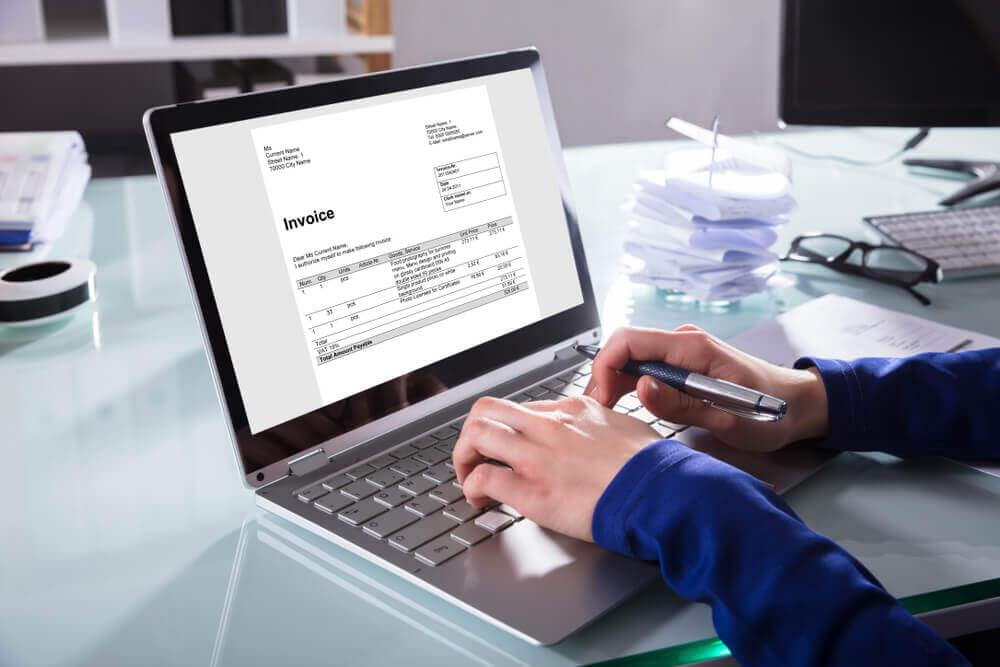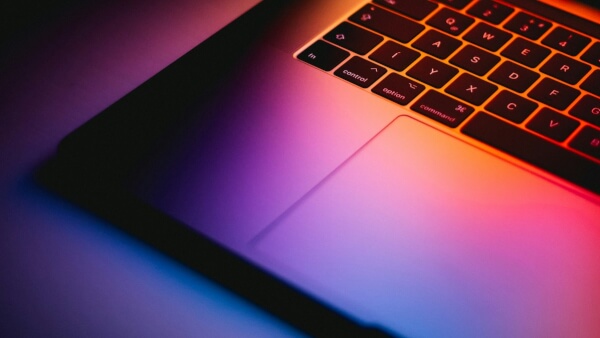GoCardless Review: The Best Choice For Business Payments?
Dive into our in-depth GoCardless review, exploring its payment solutions, fees, pros and cons, to help you decide if it's the right fit for your business needs

In 2023, Quickbooks surveyed 2,008 small-medium business owners about late payments. They found that 73% of businesses are negatively impacted by late invoices, to the point that around 40% of them would be forced to close in the next year if they continued.1
Understanding when to invoice your customers and streamlining your invoicing process can drastically improve your business’s financial health – helping you avoid the late invoice fiasco altogether. Ready to give your invoicing process an overhaul? Read on.
Looking to receive money globally and save along the way?
Receive funds with
Wise Business >>
Trustpilot: 4.2/5 average on 200,000+ reviews - Great rating
No minimum balance required and no monthly fees
Try our free invoice generator from Wise
87% of invoices are paid after the due date – and 35% of them are paid more than 30 days past it.2 That puts the business in a risky cash flow position, which is why it’s important to establish good invoicing habits from the get-go.
There are three main times when you’d want to invoice a customer, depending on the type of business you run and its structure.
Option 1: When the customer places an order Certain businesses require customers to pay upon order placement, which is common when it comes to retail or custom orders.
Option 2: Milestone billing for long-term projects For longer-term contracts, companies might bill at certain milestones or periodically when work is completed.
Option 3: After the product or service is delivered With this most common method, invoices are issued after the service or product is delivered to the customer.
While there are several options to choose from, the right timing will depend on your business model and customer expectations. No matter which choice you end up going with, the sooner you invoice, the sooner you’re likely to get paid.
Save time with the
free invoice generator from Wise
Following up on customer invoices can be difficult – you want to strike a balance between making sure you get paid on time and remaining professional. A good rule of thumb is to follow up a week after the due date if you haven’t received payment.
It’s not just about when to follow up but what to say when you do. Follow-up messages should be respectful and friendly rather than pushy and confrontational. Sending gentle reminders will help preserve your business relationship while prompting the customer to take action.
Occasionally, the first gentle reminder might not lead to a payment, which is why you’ll want to have a scaled system for reminders that escalate from nudges to more urgent and formal messages.
Here are some examples:
Along with your message, providing a clear next step, such as a ‘Click Here to Pay’ button within the invoice reminder, can make the payment process even easier for your customers. Using these extra features can simplify their experience and speed up payment for your business. With such a quick shortcut to the payment portal, customers won’t have to scrounge through their emails or navigate to a payment page on their own.
| 💡 Wise Local Account Details: Receive funds in global currencies, such as GBP, EUR, USD, CAD, AUD, JPY, and more. Send and spend the funds as you wish. Bonus: Convert money with Wise at the mid-market rate, which could help business cut down on transfer fees. |
|---|
It’s clear that invoice management isn’t really the most glamorous aspect of running a business, but the way you go about it will determine how timely you get paid. For example, it’s said that using a combination of text and email reminders increases your chances of getting paid within a week of the due date by 56%.3
Experimenting and testing a few different invoicing methods can provide surprising results, as it can let you understand the preferences and habits of your customers better. Some might appreciate the simplicity of a CTA button, while others may enjoy automated billing cycles, and presenting your customers with that preferred method can do wonders for your cash flow.
Save time with the
free invoice generator from Wise
Another key way to expedite the payment process is by providing customers with their preferred way to pay. After all, if your customers are accustomed to quick-click digital solutions and you only accept old-fashioned cheques, it’s likely that they’ll put off the payment process. Especially if you have a diverse clientele, you want to offer a variety of payment solutions, whether digital wallets, bank transfers, or more technologically advanced options like QR codes. Let’s take a look at a few potential payment methods:
Traditional methods Just like with traditional invoicing, many customers (depending on the business you run) prefer traditional payment methods like checks.
Bank transfers Although ACH payments and direct bank transfers are still considered slightly outdated in comparison to other methods, they’re still responsible for processing tens of billions of payments every year. Customers can pay directly from their bank accounts, which is considered most convenient to some.
Digital payment platforms Digital payment platforms are often considered the most efficient and streamlined payment processing option, given that they provide a comprehensive transaction management system. With 82% of Americans already using cashless technology in 2021, digital payment platforms are becoming more and more relevant.4 Features like real-time updates, immediate processing, and integrations with a range of other commerce tools make charging payments a much easier feat.
Credit and debit cards While digital payment platforms offer a multitude of ways to pay an invoice, there’s also the option to provide direct card payment methods. Credit and debit payments are a comfortable and familiar choice for a wide range of customers, which can reduce any payment friction and lead to quicker invoice settlements.
A customer invoice is a detailed bill that businesses send to their clients, listing the goods and services bought, their prices, and the total amount due. While it serves as a record of the sale, it also gives customers a rundown of all the details they need to know.
In certain cases, yes! Charging your customer before you deliver a good or service can act as a form of assurance – making sure you aren’t left with inventory you don’t need or spending valuable resources without pay. It’s usually done for big-ticket items or customized orders but requires a clearer arrangement and agreed-upon terms.
The invoice date is the date that the invoice was created and sent to the customer. This isn’t to be confused with the due date – which is when the customer needs to pay you – it simply outlines when the billing process officially started.
Before a client or customer sends payment for a service or product, businesses need to present an invoice so they can see a breakdown of what exactly they’re paying for. This gives them a clear idea of where their money is going and ensures everyone is on the same page.
Sources:
1 - QuickBooks - Late Payments Impact on Businesses
2 - Chaser HQ - Late Payments Report
3 - Chaser HQ - Late Payments Report
4 - Bank of America - Trends in Digital Payments
*Please see terms of use and product availability for your region or visit Wise fees and pricing for the most up to date pricing and fee information.
This publication is provided for general information purposes and does not constitute legal, tax or other professional advice from Wise Payments Limited or its subsidiaries and its affiliates, and it is not intended as a substitute for obtaining advice from a financial advisor or any other professional.
We make no representations, warranties or guarantees, whether expressed or implied, that the content in the publication is accurate, complete or up to date.

Dive into our in-depth GoCardless review, exploring its payment solutions, fees, pros and cons, to help you decide if it's the right fit for your business needs

Learn how to easily upgrade your PayPal account from personal to business with our step-by-step guide. Unlock advanced features and benefits tailored for your b

This First Citizens Business Bank review will cover all you need to decide if it's the best choice for your business!

Explore the differences between Stripe and traditional merchant accounts in our in-depth analysis.

This guide to employee benefits in Sweden will cover all you need to stay compliant and provide the best additional benefits to attract talent.

Oxygen Business Account review will cover all you need to decide if it's the best choice for your business!